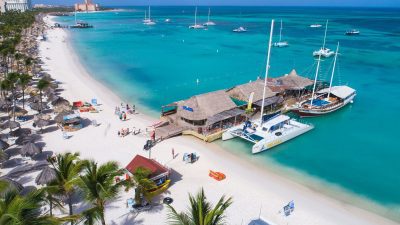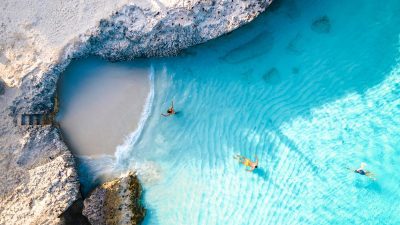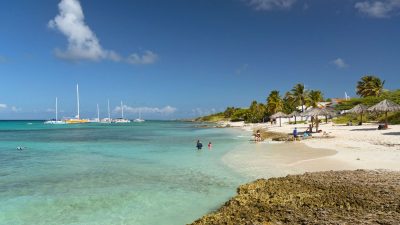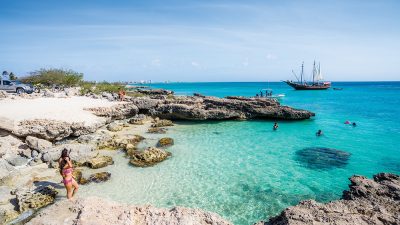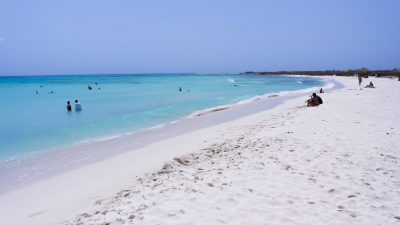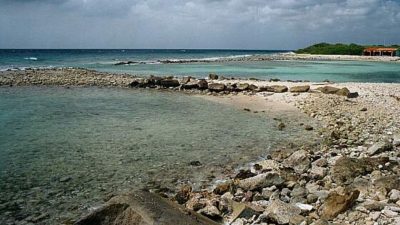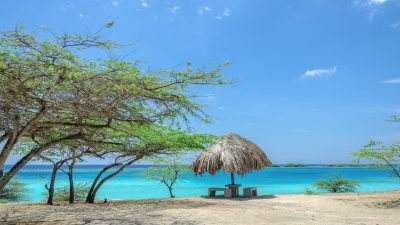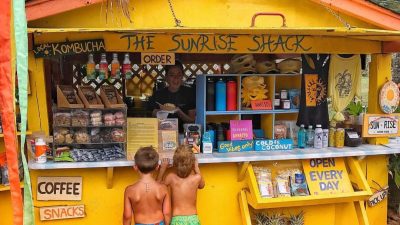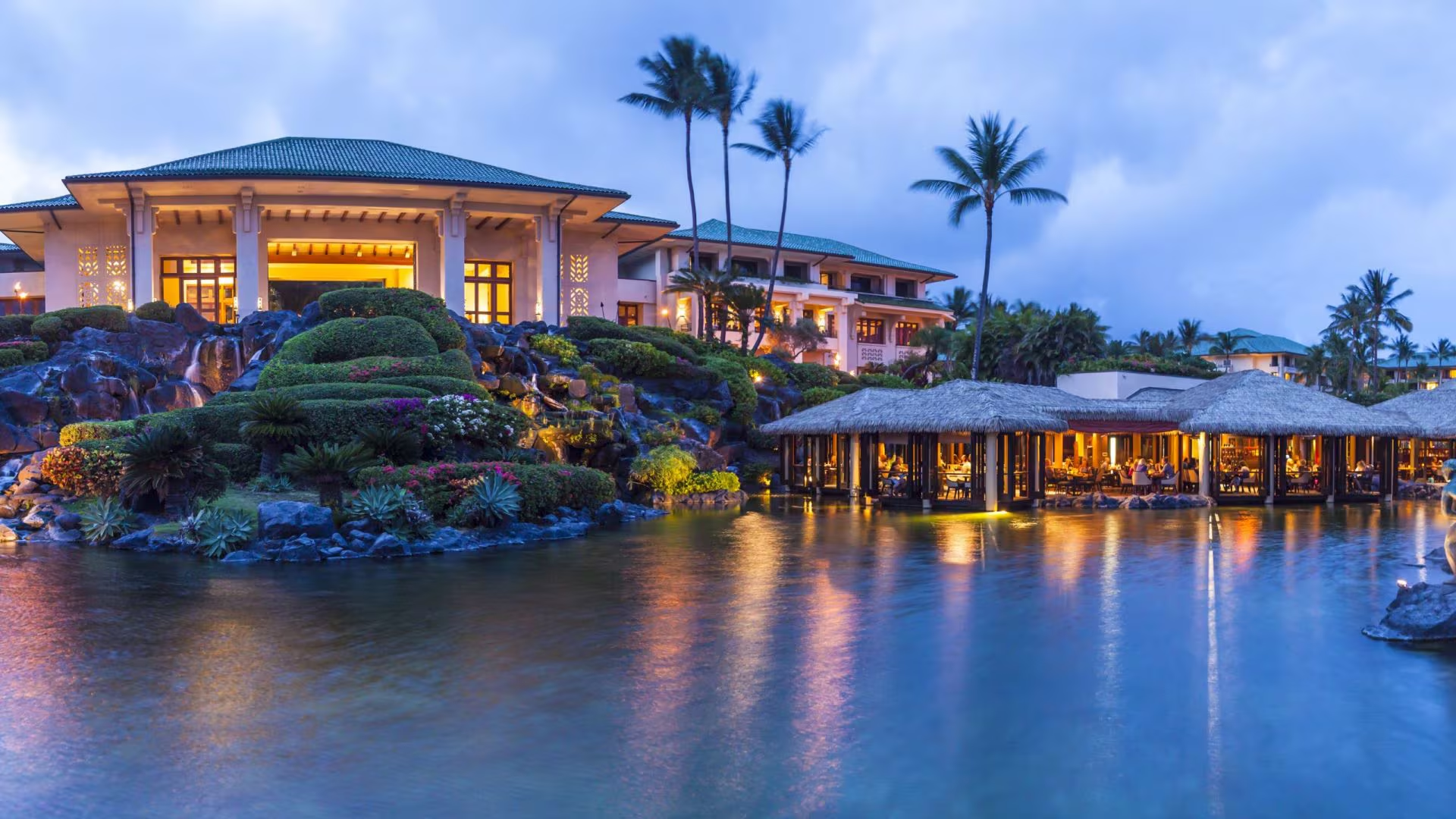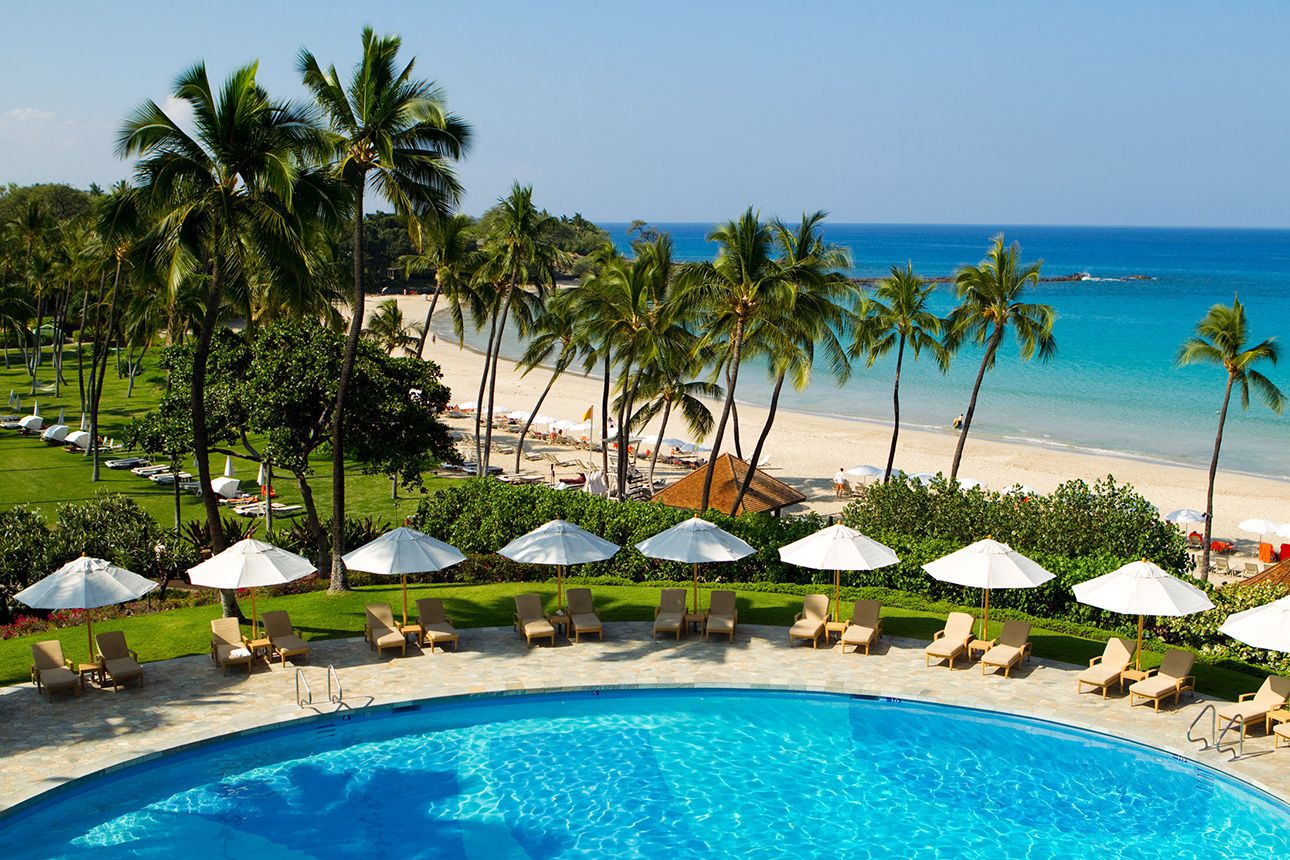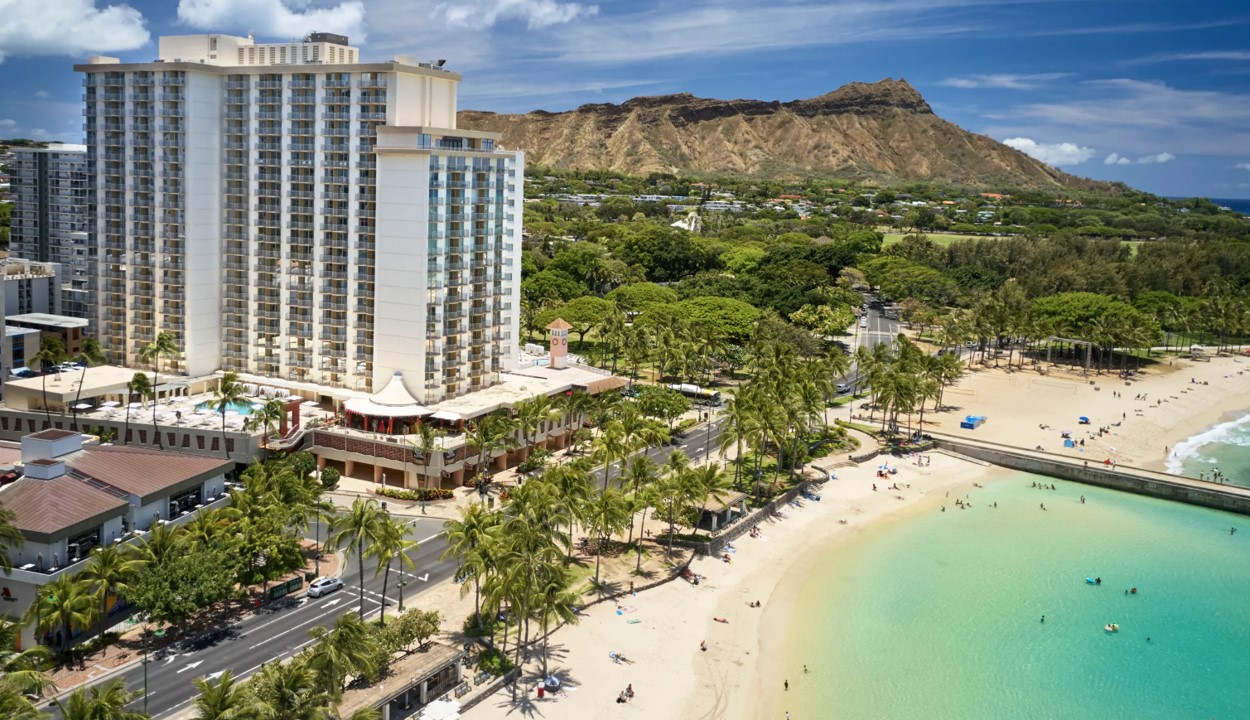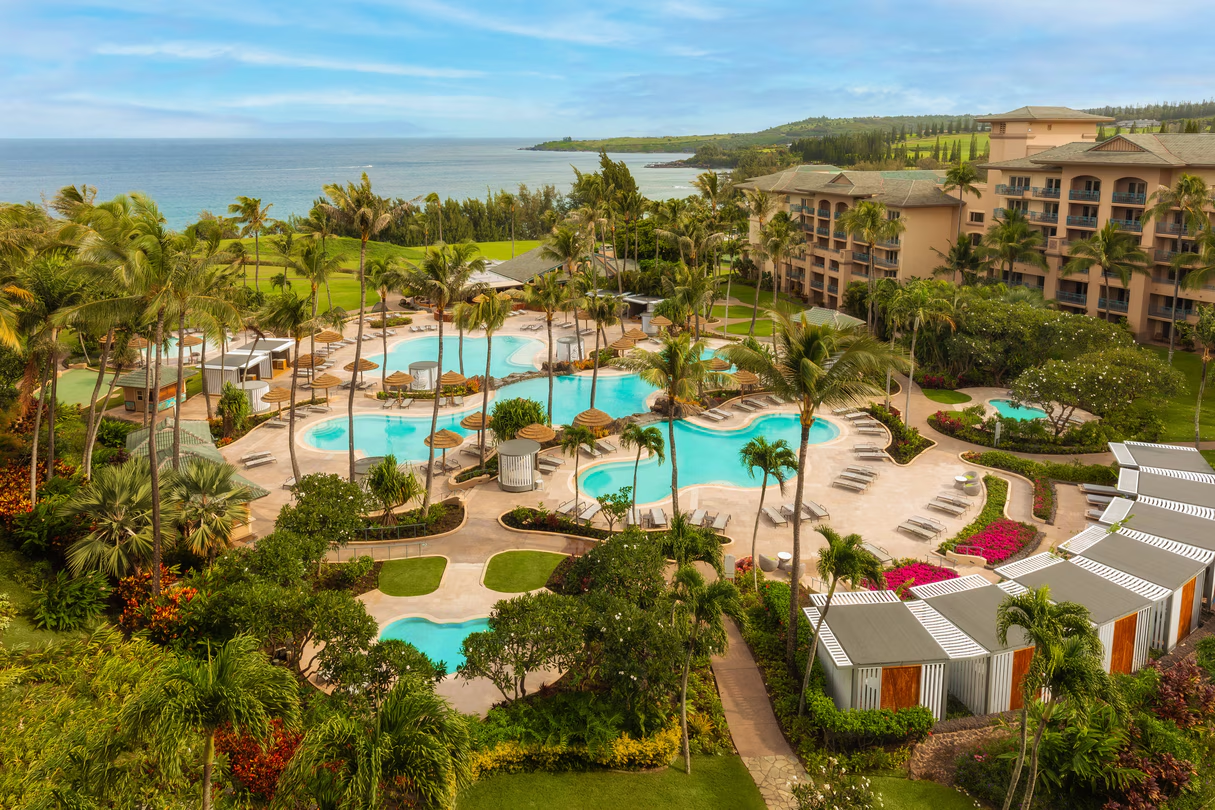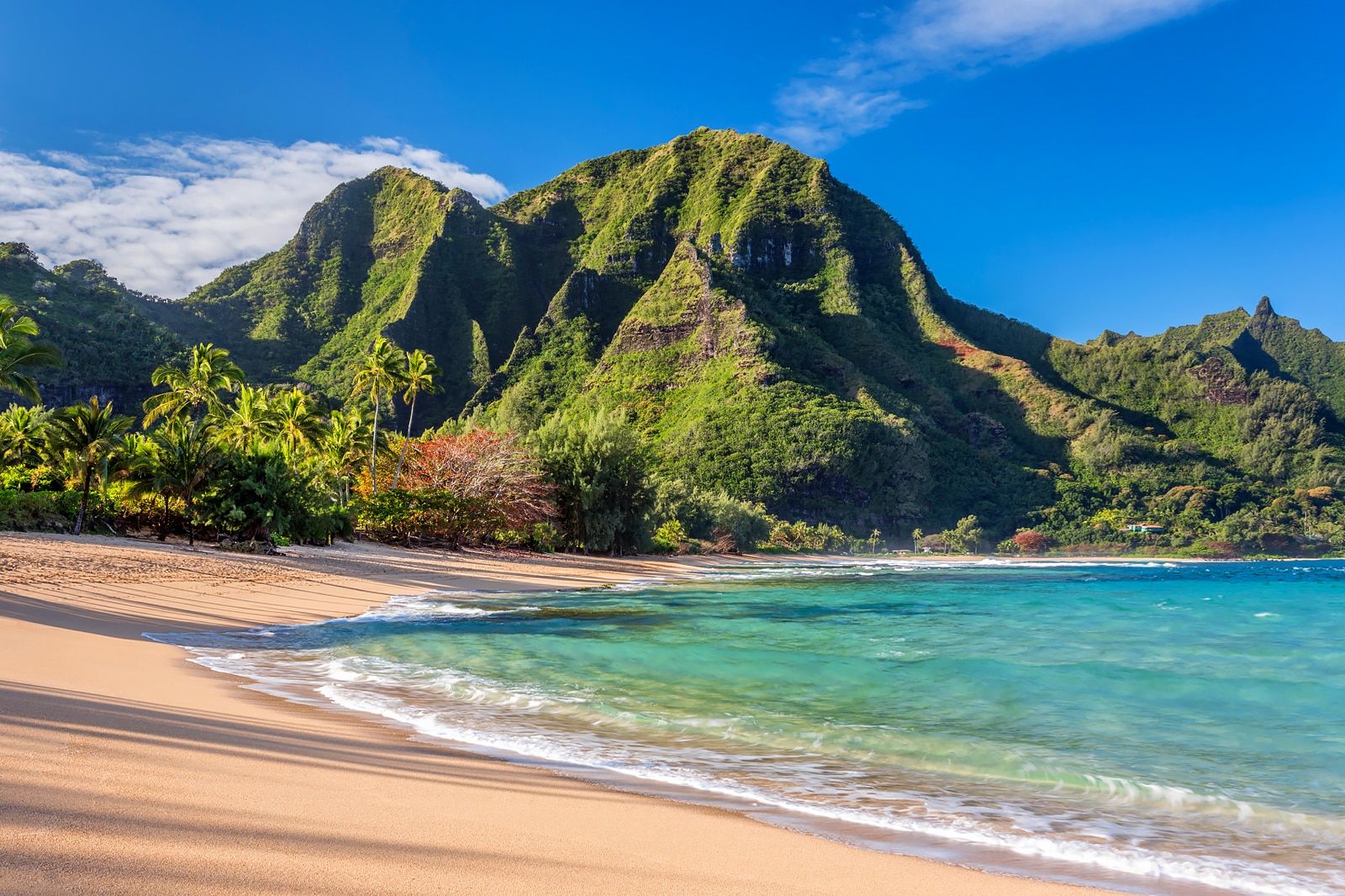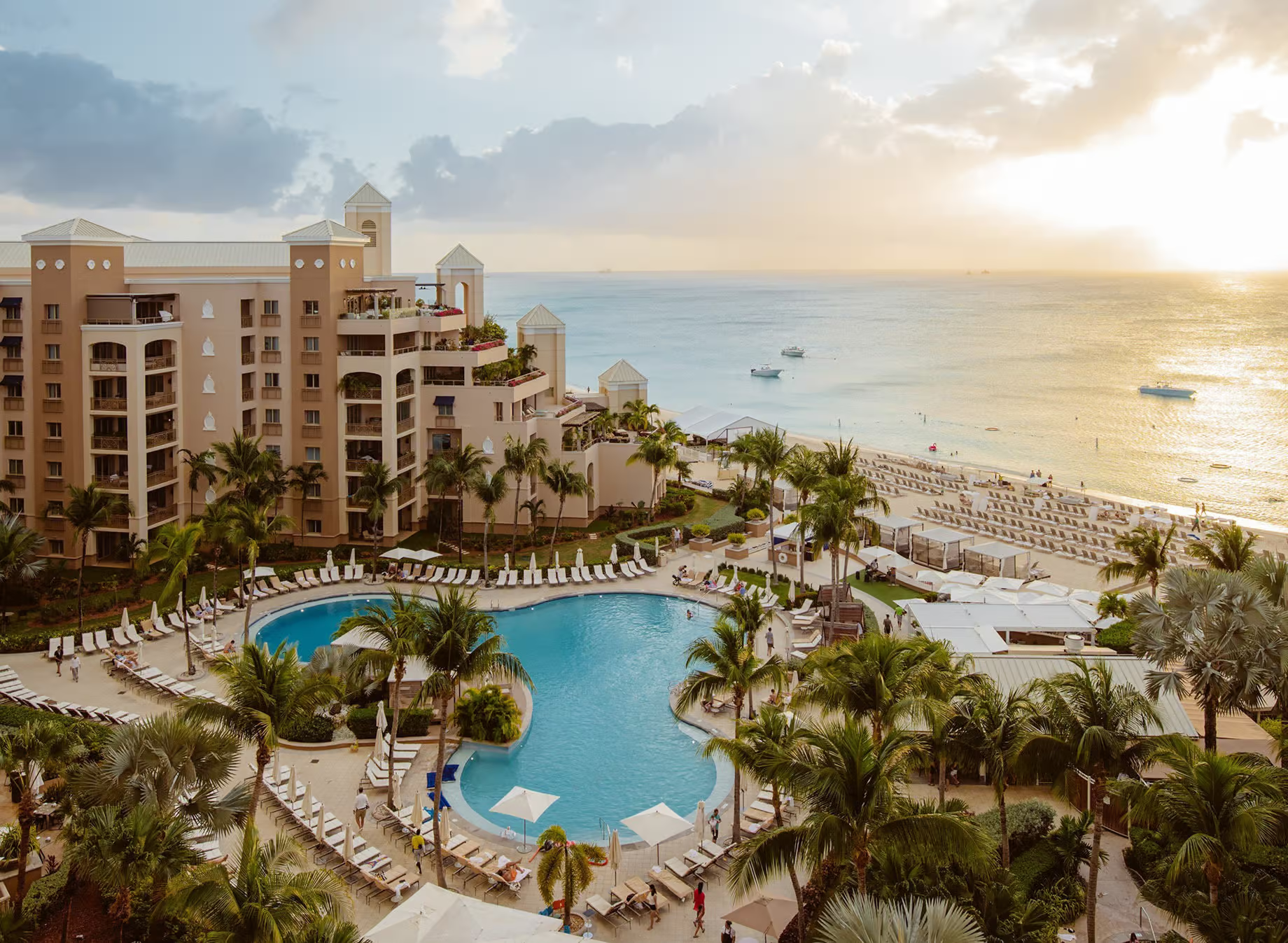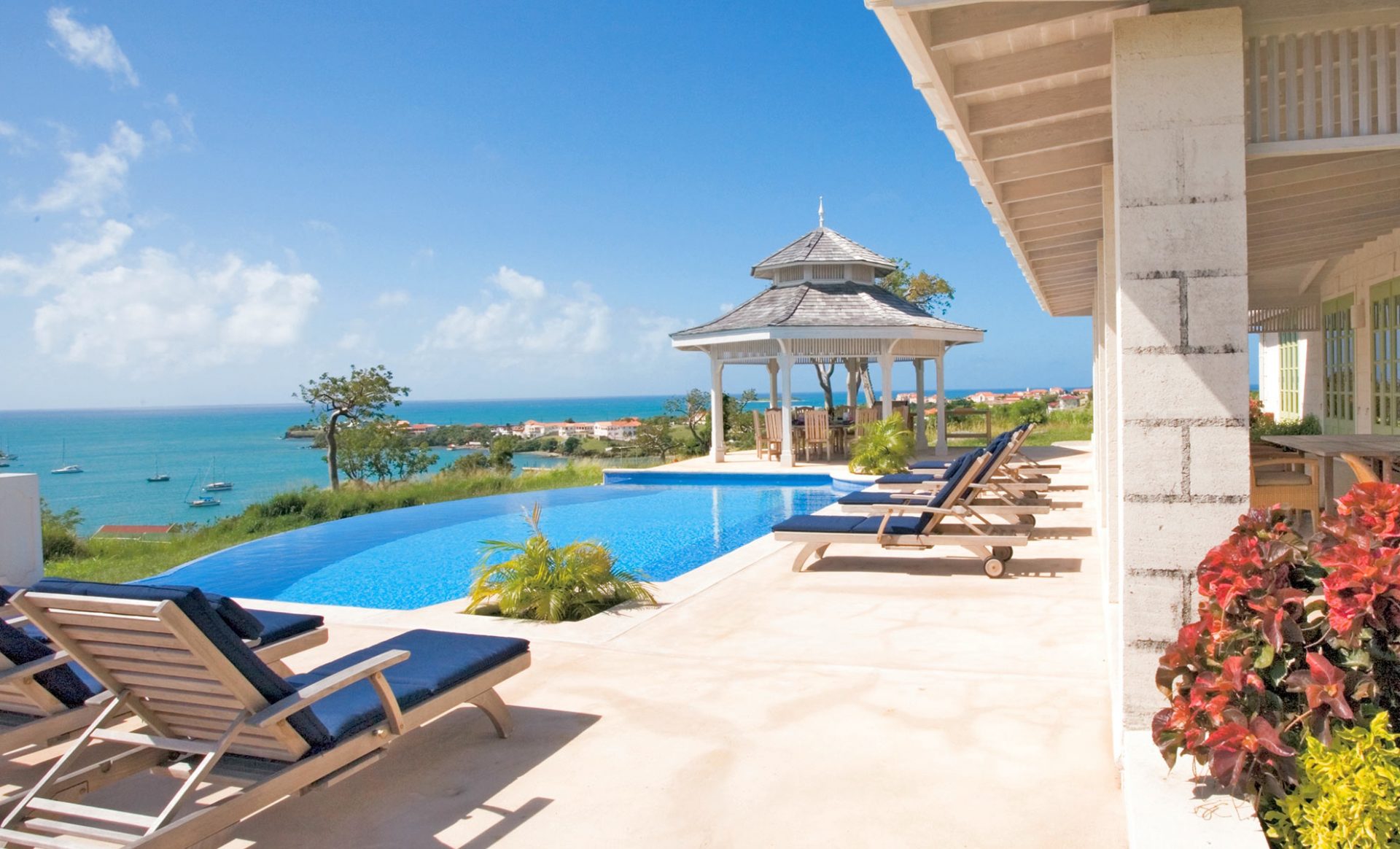The Road to Hana is one of Maui’s most iconic adventures – a winding, lush journey filled with waterfalls, hidden beaches, and jaw-dropping views. For families, especially those with younger kids, planning ahead is key. This step-by-step guide takes you through the most scenic and family-accessible stops with practical tips for where to rest, refuel, and play.
Before You Go:
- Start Early: Leave Paia by 7:30 AM to avoid traffic and make the most of the day.
- Pack Smart: Bring snacks, water, motion sickness remedies, swimsuits, towels, water shoes, and a change of clothes.
- Fuel Up: Last gas station is in Paia.
- Plan for Bathroom Breaks: Facilities are limited and spaced out – note them below!
Road to Hana Itinerary: Early Stops from Paia to Mile Marker 11
The Road to Hana is packed with beauty from the very beginning. Before you even hit Mile Marker 0, you’ll pass through the charming town of Paia, your last major stop for gas, snacks, and supplies. From there, the next 10 miles take you through lush countryside with some of the most accessible early stops on the Hana Highway. Here’s what to expect in the first stretch:
Paia Town (Mile 0 is approx. 10 miles from town center)
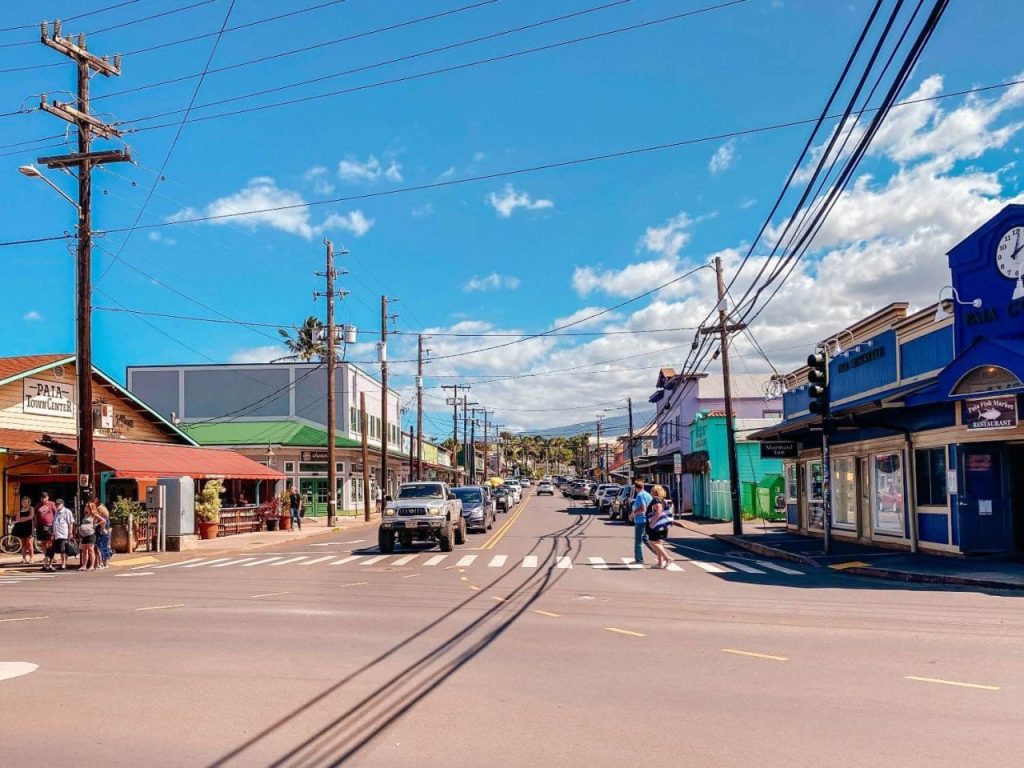
Paia is the gateway to the Road to Hana and the last reliable place to fill your tank and stock up on water, snacks, or lunch to-go. This laid-back surf town is worth exploring in its own right – consider spending more time here on your return trip or on another day entirely. If you’re looking for a special dinner, Mama’s Fish House is a well-known (and often fully booked) fine dining spot just past town, right on the ocean.
From Paia, the road begins winding through Maui’s lush upcountry. The views are scenic almost immediately, and around two miles before Mile Marker 1, the true “jungle” part of the Road to Hana begins.
Twin Falls (Just past Mile Marker 2)
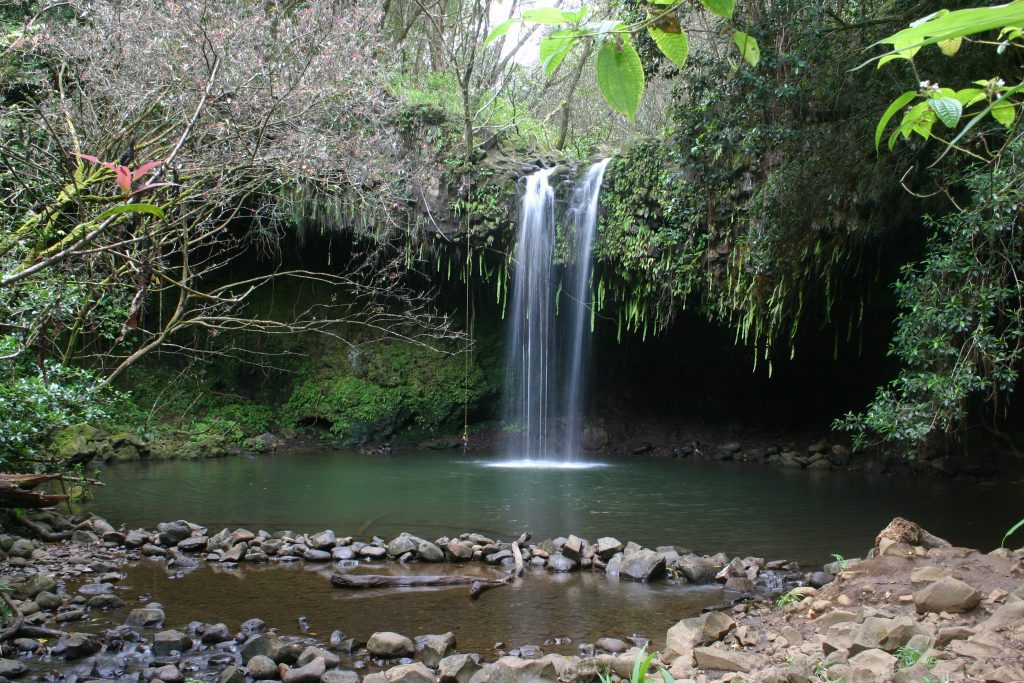
Twin Falls is the first major waterfall stop that’s open to the public. Located on private land owned by Wailele Farm, the area includes a small farm stand, easy trails, and multiple waterfalls.
You can visit without a tour—donations are welcomed for upkeep – but if you’re short on time or want to save your energy for later sights, it’s okay to skip this one. There are arguably better waterfalls ahead that don’t require walking through private land. That said, it’s a nice place to stretch your legs early in the drive.
Painted Eucalyptus Trees (About ¾ mile past Mile Marker 6)
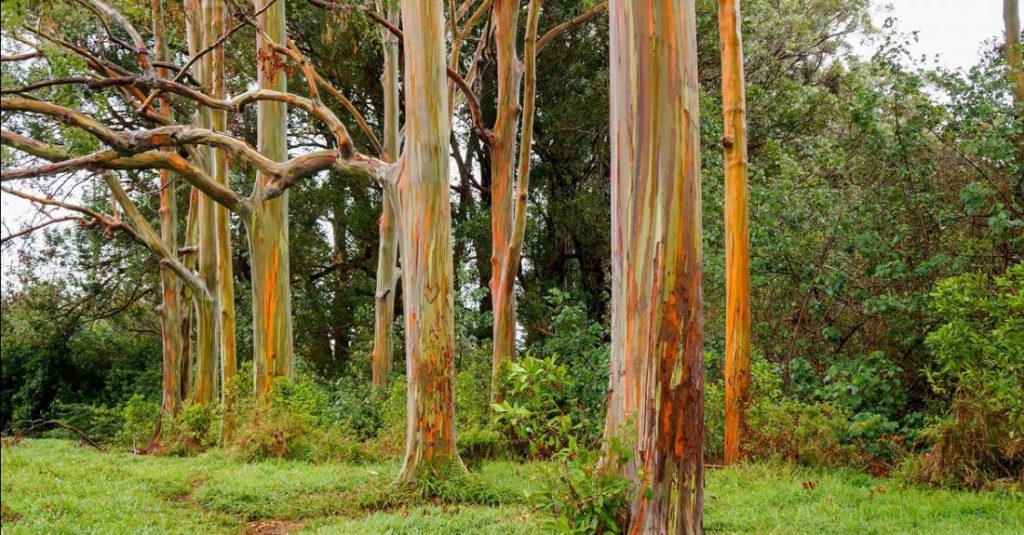
Just past MM6, keep your eyes peeled for rainbow eucalyptus trees on the right side of the road. Their colorful bark is striking and unexpected, but unfortunately, there’s no official pull-off here. If traffic allows, slow down for a quick look or photo out the window. If you miss them, don’t worry – you’ll pass them again on the way back.
Waikamoi Nature Trail (About ½ mile past Mile Marker 9)
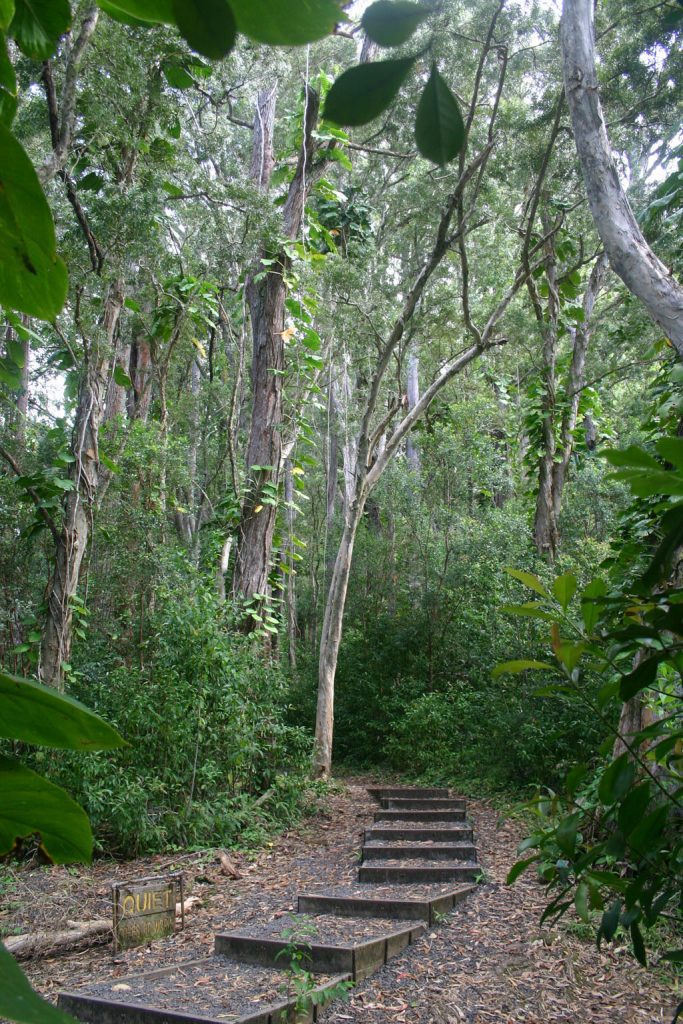
This often-overlooked stop is a peaceful place to stretch your legs. Located around a bend in the road just after MM9, the Waikamoi Ridge Forest Trail offers a short loop through lush forest and a small overlook area with picnic shelters. Parking is limited, but this can be a great quick stop, especially if you’re traveling with kids who need a break from the car.
Waikamoi Falls (Just before Mile Marker 10)
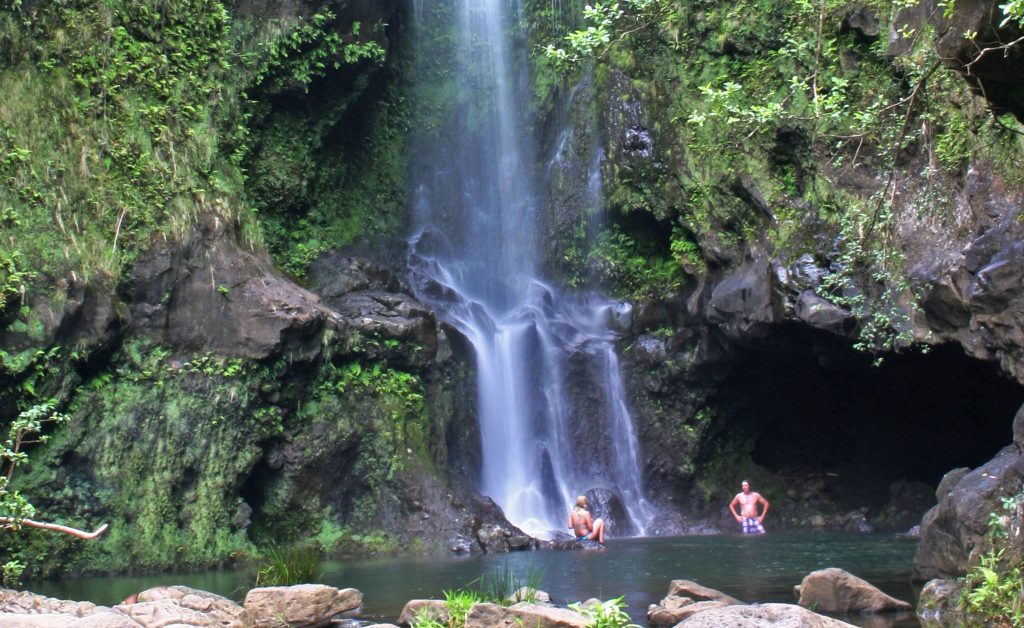
Look for a turnout on the right just before MM10 – this spot is easy to miss. The first waterfall here is close to the road with a shallow pool. If the water flow is good, it’s worth checking out. A second, larger waterfall is accessible via a short but slippery hike. Be cautious – it’s not recommended if the rocks are wet or the stream is raging. The falls can be underwhelming if the water has been diverted upstream, so don’t be surprised if it’s not flowing at full strength.
Ka Haku Smoke Shack (0.4 miles past Mile Marker 10)
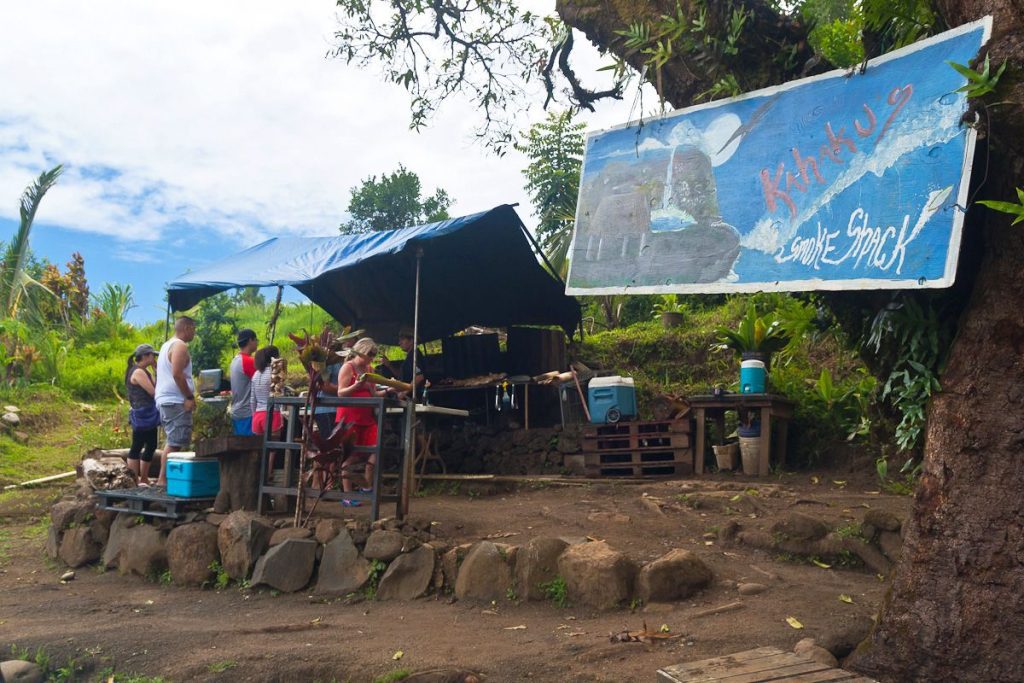
This quirky roadside BBQ shack is exactly the kind of unexpected gem that makes the Road to Hana so memorable. It’s hit or miss whether it’s open, but if you’re passing by in the afternoon, it’s worth checking for smoked chicken or ribs. Not cheap, but flavorful – and part of the charm of being in the middle of nowhere. Don’t count on it for breakfast; they usually open late.
Garden of Eden Arboretum (Between Mile Markers 10 and 11)

This well-maintained botanical garden is one of the few developed attractions along the Road to Hana. It offers paved paths, scenic lookouts, waterfalls, and panoramic coastal views, including a stunning overlook of Puohokamoa Falls (which isn’t visible from the road). Plan to spend 30–60 minutes here if you stop.
Open daily from 8 AM to 3 PM, this is a great early stop – especially if you don’t plan to continue all the way to the Oheo Gulch in Kipahulu. There is an entrance fee (~$20 for adults, kids under 5 are free), but the manicured paths and informative plant markers make it worth it for many families.
Mile Marker 11–19: Waterfalls, Lookouts, and a Taste of Local Life
As you continue east past Mile Marker 11, the Road to Hana begins to feel even more remote and magical. Waterfalls become more frequent, and views of Maui’s wild, windswept coastline start popping up around every curve. Here’s what to look out for in this next stretch:
Lower Puohokamoa Falls (Just before Mile Marker 11)
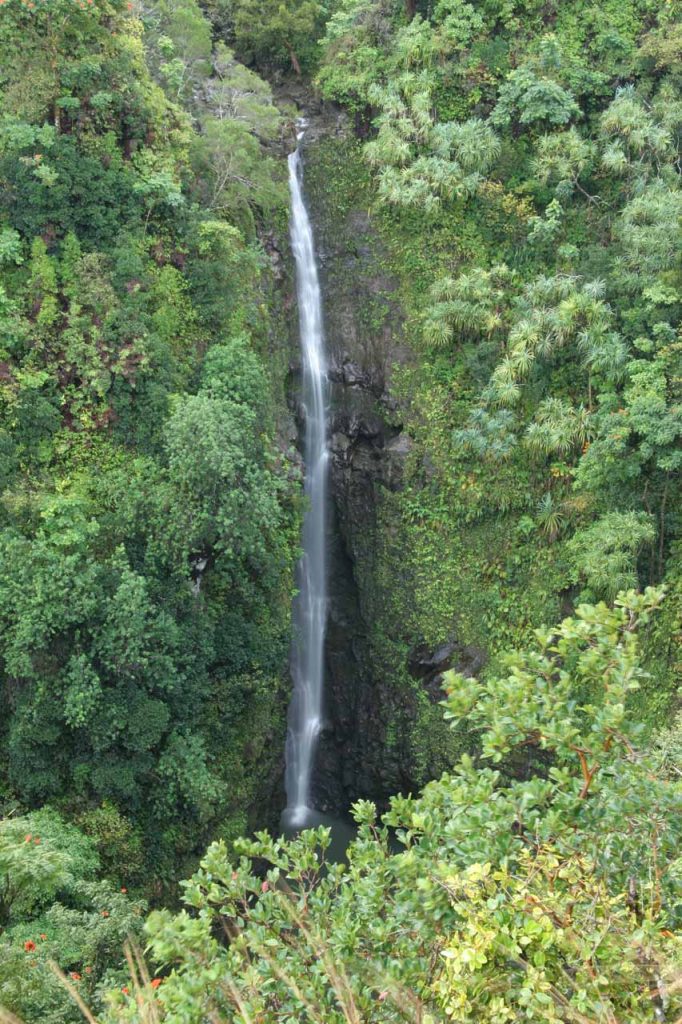
Just before MM11, you’ll find a short trail leading to Lower Puohokamoa Falls, a lesser-known but peaceful stop. While the Garden of Eden has restricted access to the Upper Puohokamoa Falls, this lower version is still accessible and makes for a quick waterfall fix without the crowds. Be mindful of parking, and watch your step on the trail.
Haipua‘ena Falls (0.5 miles past Mile Marker 11)
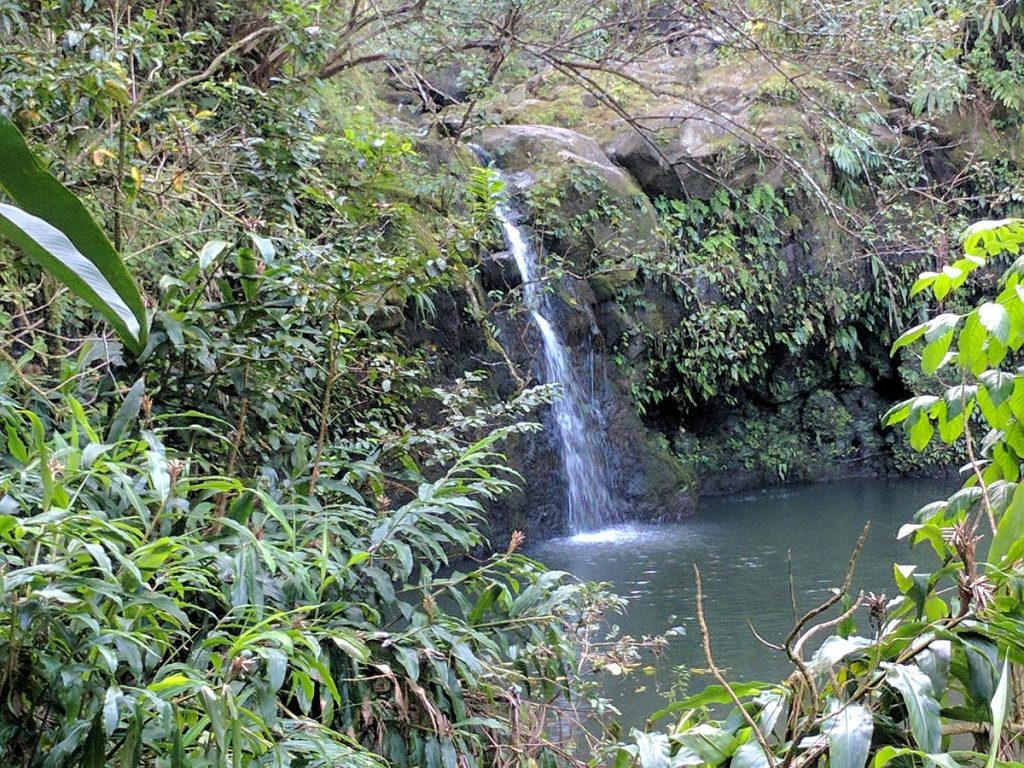
Haipua‘ena Falls is a smaller waterfall located just past the bridge. Look for a short trail on the far side. Adventurous hikers sometimes continue further upstream to a much larger waterfall – but be aware: the trail is steep, muddy, and slippery. It’s best suited for experienced hikers or those with proper footwear.
If you’re traveling with kids or just want to stay on the safe side, the first falls and the shady stream area make a nice little stop for a photo or break.
Kaumahina State Wayside Park (Just past Mile Marker 12)
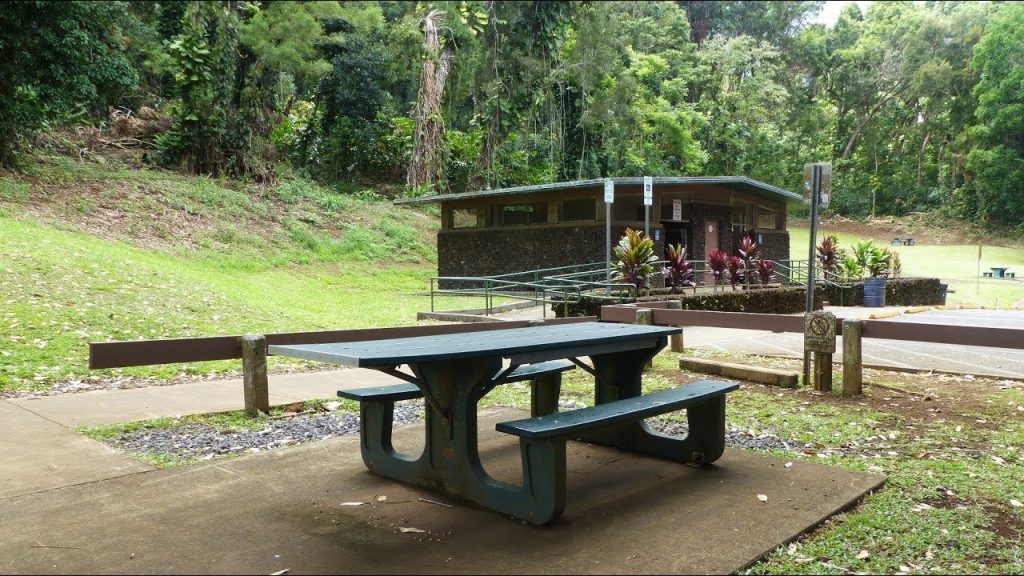
This is the first official rest area along the Road to Hana – and one of the only spots with bathrooms until you get closer to Hana town. It’s a well-maintained roadside park with picnic tables, tropical plants, and a scenic overlook of the coast below.
There are no major hiking trails or waterfalls here, but it’s a popular place to stretch your legs and let the kids run around for a bit. Expect a lot of cars pulled over here for that reason alone.
Honomanu Bay Lookout (Between Mile Markers 12 and 13, heading west)

This pull-off offers a sweeping view of Honomanu Bay, with its dramatic black sand beach and curving coastline backed by jungle-covered cliffs. There’s ample parking, and it’s worth a quick stop – even if just to take in the view or snap a few photos.
Note: this stop is easier to access on the return drive from Hana, as it’s on the makai (ocean) side when heading west.
Cliff Turnout (Between Mile Markers 14 and 15)
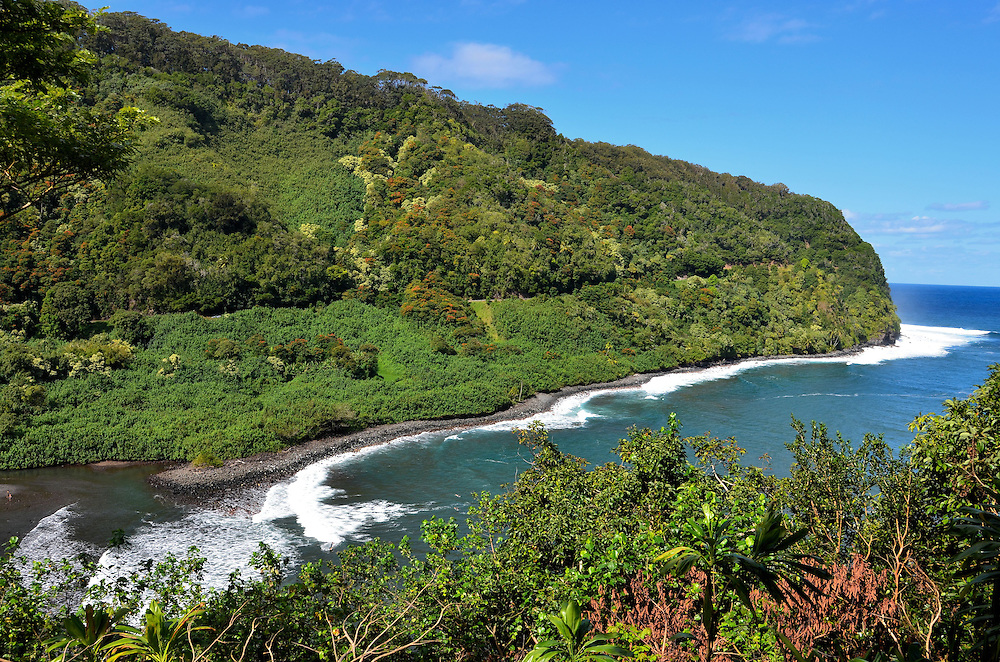
If you’re heading back from Hana, keep an eye out for a turnout about 0.3 miles past MM15. This is another excellent coastal lookout, with a wide-angle view of Honomanu Bay and the surrounding cliffs. It’s a great photo opportunity and less crowded than many of the official overlooks.
Ke‘anae Peninsula (Between Mile Markers 16 and 17)
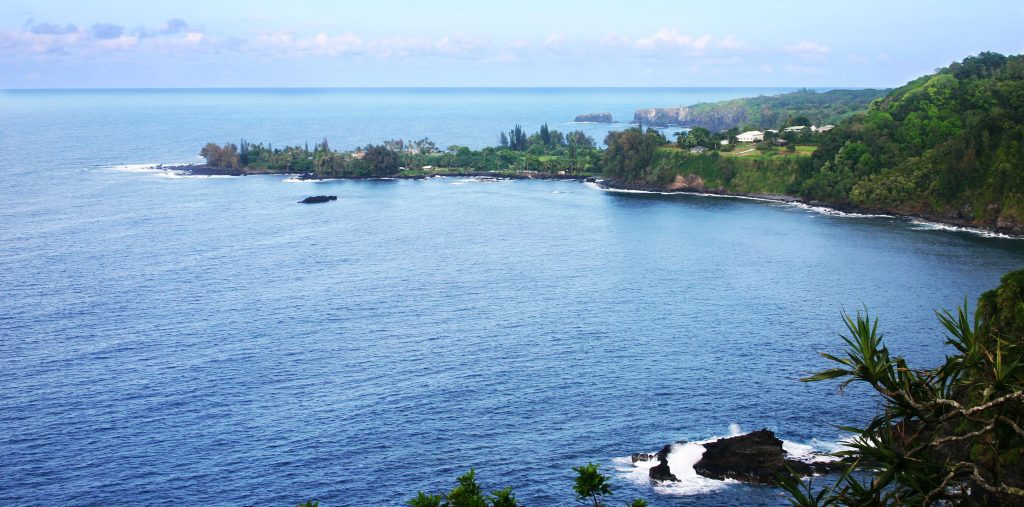
Don’t miss the turnoff for Ke‘anae, one of the most dramatic and memorable spots along the Road to Hana. A narrow road winds down to this historic Hawaiian village, set on a rugged lava rock coastline that gets pounded by surf. There’s a sports field, a beautiful old stone church, and often a few locals fishing or gathering by the ocean.
Must-stop here: Auntie Sandy’s Banana Bread – a warm, buttery loaf fresh from the oven that’s become legendary among travelers. The banana bread is reason enough to stop.
Halfway to Hana Stand (Between Mile Markers 17 and 18)

At this point, you’re officially halfway to Hana, and there’s a little roadside market marking the occasion. The Halfway to Hana Stand offers cold drinks, local snacks, more banana bread (you can never have too much), and a few souvenirs.
Even if you’re not hungry, it’s a fun place to stop, snap a photo, and high-five your fellow travelers.
Valley Overlook (Just before Mile Marker 19, heading west)
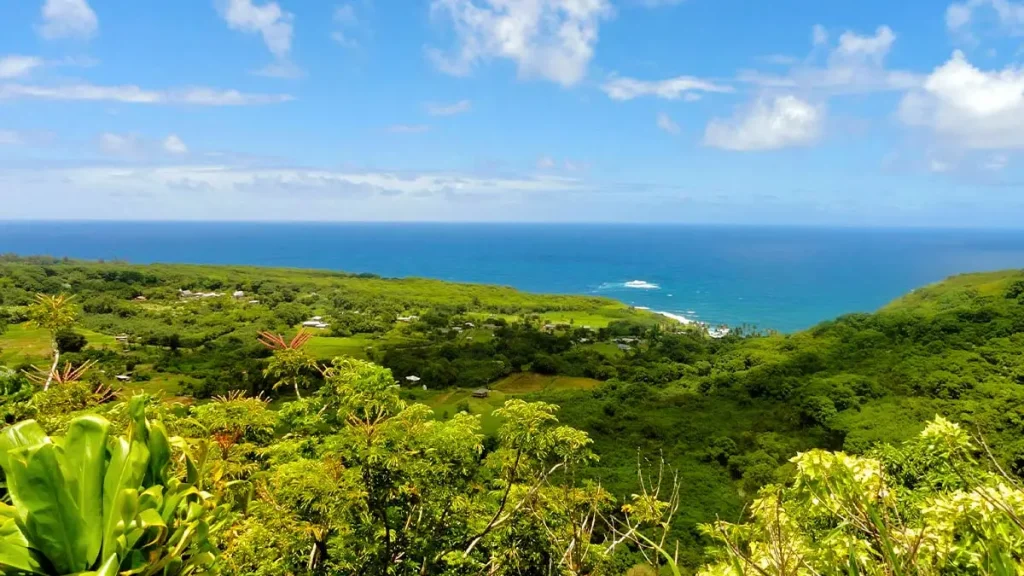
This is one of the most photogenic views of the drive. Just before MM19, look for a turnout on the ocean side that offers a panoramic view of the valley below. You’ll see a lush green farming community nestled in the landscape, with the bright blue ocean peeking out in the distance. It’s a stunning scene and a great reminder of why you made this trip.
Mile Marker 19 to Hana Town: Iconic Waterfalls, Black Sand Beaches, and a Taste of Old Hawaii
The final stretch into Hana is full of unforgettable stops -lush waterfalls, peaceful gardens, and a coastline unlike anywhere else in the world. Be sure to give yourself time, as some of these places deserve a good 30–60 minutes or more. You’re almost to Hana, but the journey is far from over.
Upper Waikani Falls (Between Mile Markers 19 and 20)

Also known as “Three Bears Falls”, Upper Waikani Falls is one of the most photographed waterfalls on the Road to Hana. It’s just off the road, making it easy to admire from your car – but if you can, pull off at the small turnout nearby and walk back down to explore. There’s a short trail that leads down to the pool, which makes a great place to cool off or simply sit and soak in the beauty.
Don’t rush past this one – many people do, and miss one of the best up-close waterfall experiences on the route.
Puaʻa Kaʻa State Wayside Park (Between Mile Markers 22 and 23)
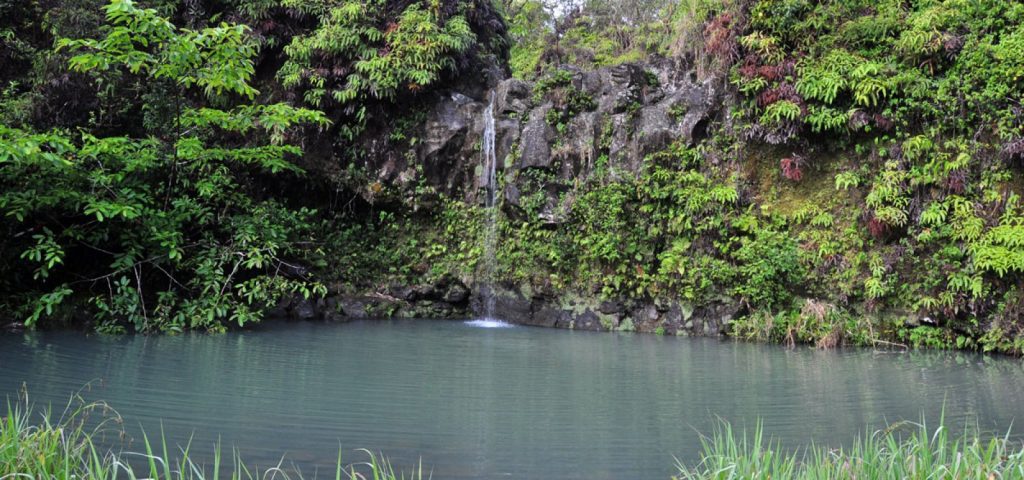
This lush, tranquil park offers a rare combination on the Road to Hana: bathrooms, picnic tables, a waterfall, and an easy trail to stretch your legs. The waterfall here isn’t the tallest, but it’s surrounded by dense greenery and tropical flowers, making it a peaceful and scenic stop.
It’s also one of the more family-friendly locations – perfect for a quick picnic and a photo or two before continuing on.
Upper Hanawi Falls (Just past Mile Marker 23)

Fed by the powerful Hanawi Stream, this waterfall is often flowing year-round, even during dry spells. The best view is from the narrow bridge as you drive over – so keep your eyes open! If it’s been raining recently, the falls can be especially dramatic.
Parking is limited here, so be cautious and avoid blocking the road.
Nahiku Marketplace (Between Mile Markers 28 and 29)
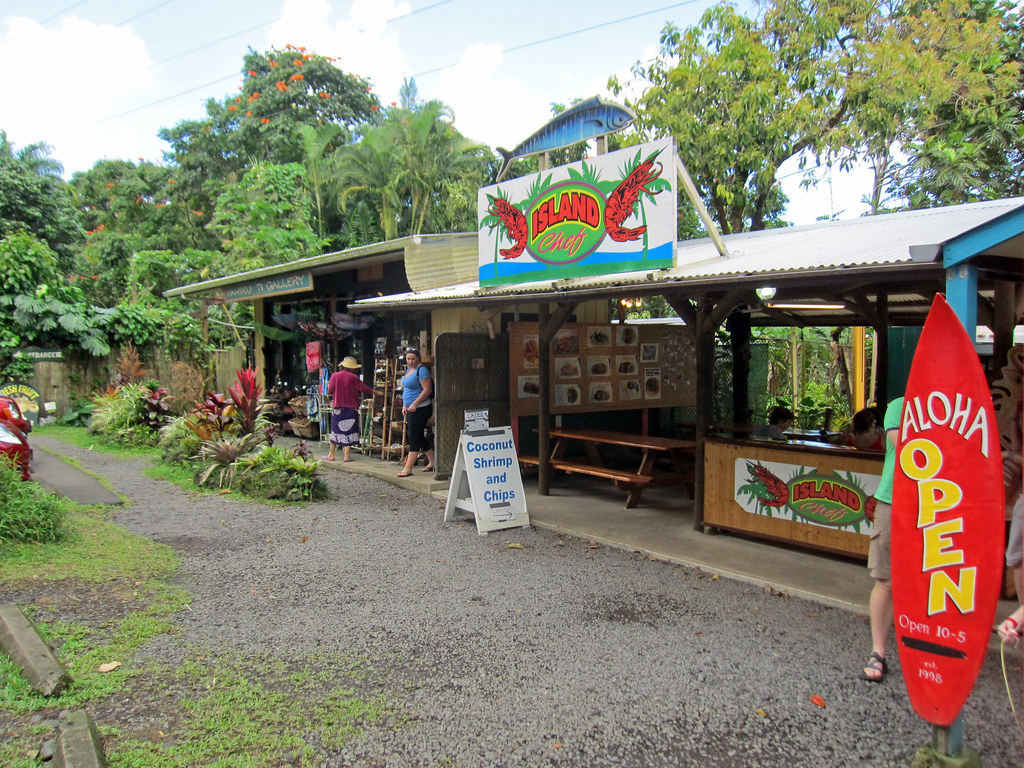
Tucked into a thick rainforest canopy, Nahiku Marketplace is a funky little collection of food stands, souvenir shops, and jungle vibes. There’s a coffee stand, a taco truck, and vendors selling local snacks like coconut candy, banana bread, and tropical fruit.
It’s a great place to stretch your legs, grab a bite, and chat with local artisans selling handmade goods.
Kaʻeleku Caverns / Hana Lava Tube (Just past Mile Marker 32)
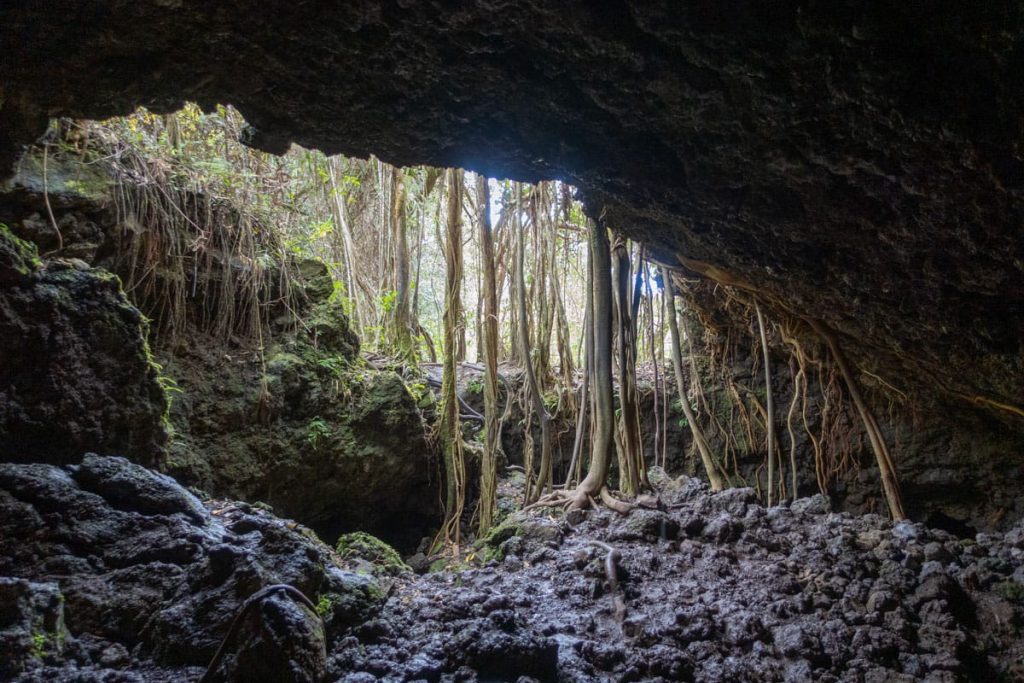
About 0.8 miles past MM32, you’ll find the entrance to Kaʻeleku Caverns, also known as the Hana Lava Tube. This is one of Maui’s only accessible lava tubes, and it offers a totally different type of adventure. Visitors are given flashlights and a map, then left to explore the ⅓-mile-long underground path on their own.
It’s cool (literally and figuratively) inside, and kids especially love the change in scenery. Don’t forget to try the red ti plant maze just outside after your cave walk.
Waiʻanapanapa State Park / Black Sand Beach (Just before Mile Marker 32)
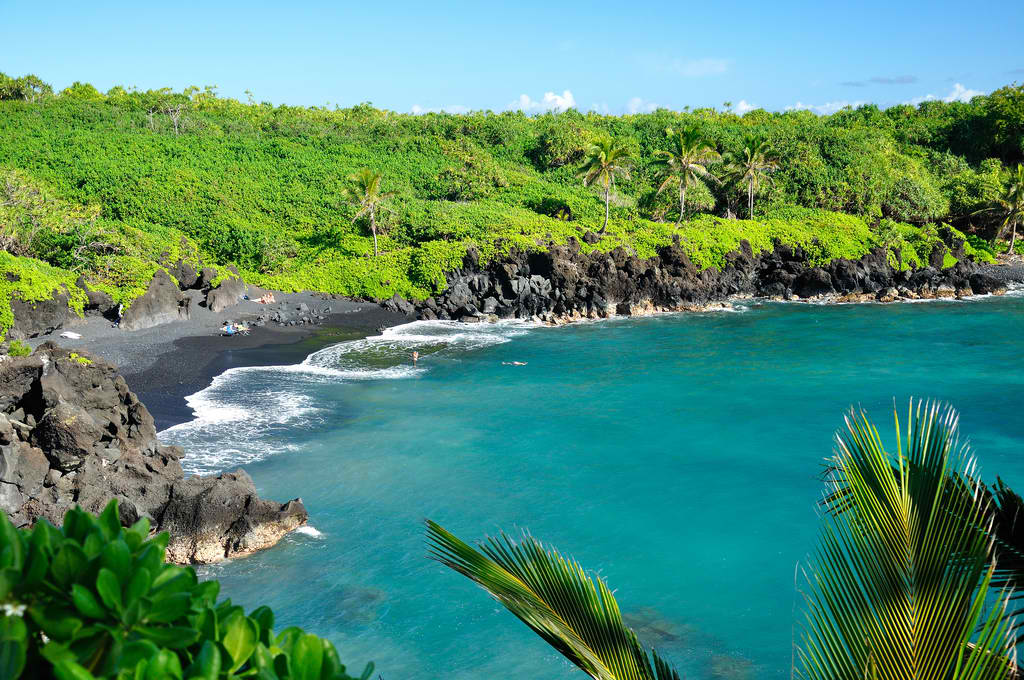
One of the most stunning and memorable stops on the Road to Hana, Waiʻanapanapa State Park is famous for its jet-black volcanic sand beach, dramatic sea cliffs, lava tubes, blowholes, and freshwater caves.
Reservations are required to enter the park, and it’s worth planning ahead so you can spend at least 45 minutes to an hour exploring. There are hiking trails, picnic spots, and photo ops everywhere you look.
If you’re going to stop anywhere longer than 10 minutes, make it here.
Hana Town
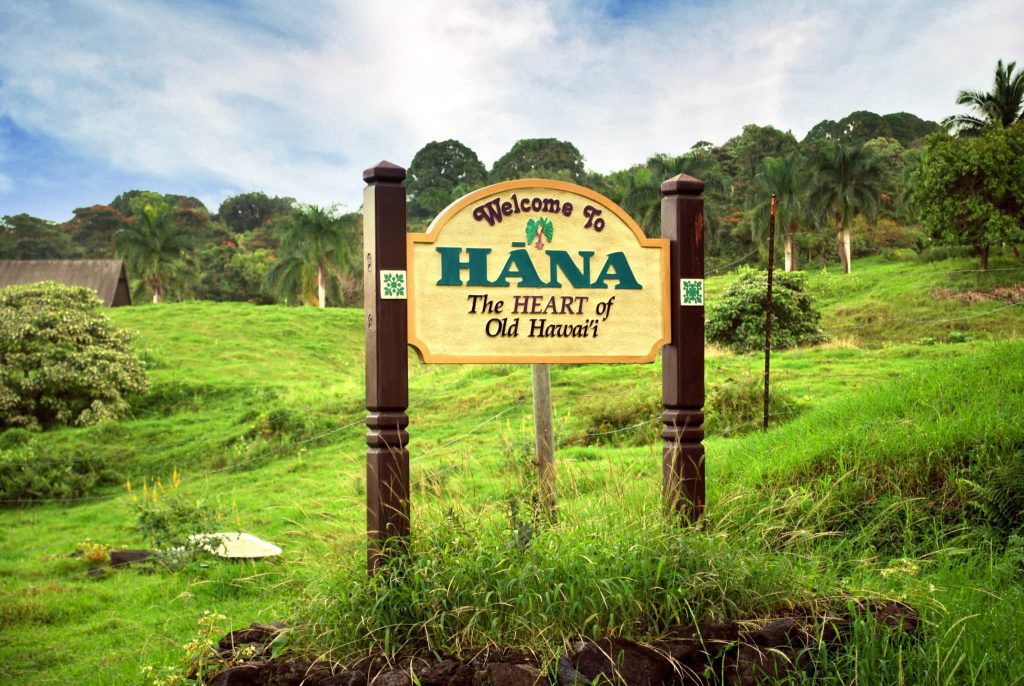
Congratulations – you made it! Hana is a quiet, laid-back town, worlds away from the resorts of West Maui. Its charm lies in its simplicity: old churches, gentle beaches, a peaceful bay, and a few local eateries.
There’s not a ton to do here beyond slow down and breathe it all in – but that’s the whole point.
Hana Bay
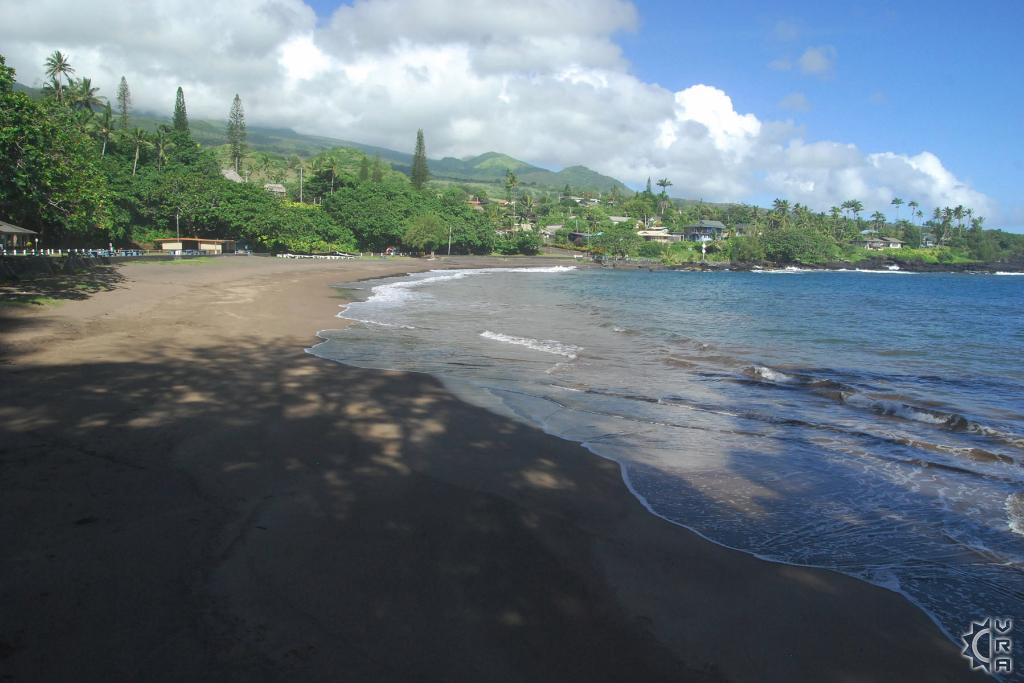
Located at the end of Keawa Place off the main highway, Hana Bay is a favorite gathering spot for both locals and visitors. The beach is protected and usually calm, making it great for swimming, especially with kids.
There’s a snack bar serving light meals and drinks, and plenty of picnic tables under palm trees. If you’re staying overnight in Hana or heading further to ʻOheʻo Gulch, this is a relaxing place to stop and regroup.
Beyond Hana: Red Sand Beaches, Waterfalls, and the Pipiwai Trail
Many travelers turn around once they reach Hana, but if you’ve made good time, continuing just a bit further is well worth it. Some of the most iconic stops on the entire Road to Hana lie just past the town – think black and red sand beaches, jungle hikes, and one of the tallest waterfalls on the island.
Koki Beach (Turn onto Haneoo Road)
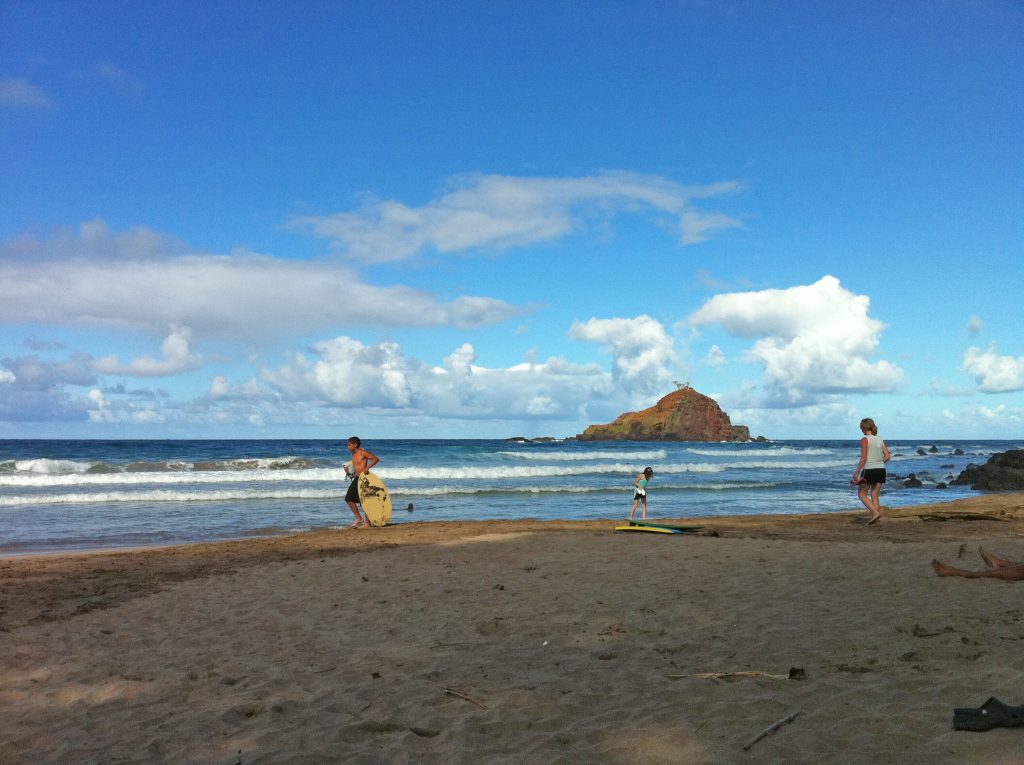
Just south of Hana, you’ll see signs for Haneoo Road, a loop that reconnects with the highway and leads to two amazing beaches. First up is Koki Beach, a dramatic and rugged shoreline with crimson-red sand and pounding surf. While not ideal for swimming, it’s an amazing spot for photos or a picnic.
On your way there or back, don’t miss Auntie Sandy’s banana bread stand, a Maui institution and one of the tastiest snacks you’ll find along the entire route.
Hamoa Beach (Also on Haneoo Road)
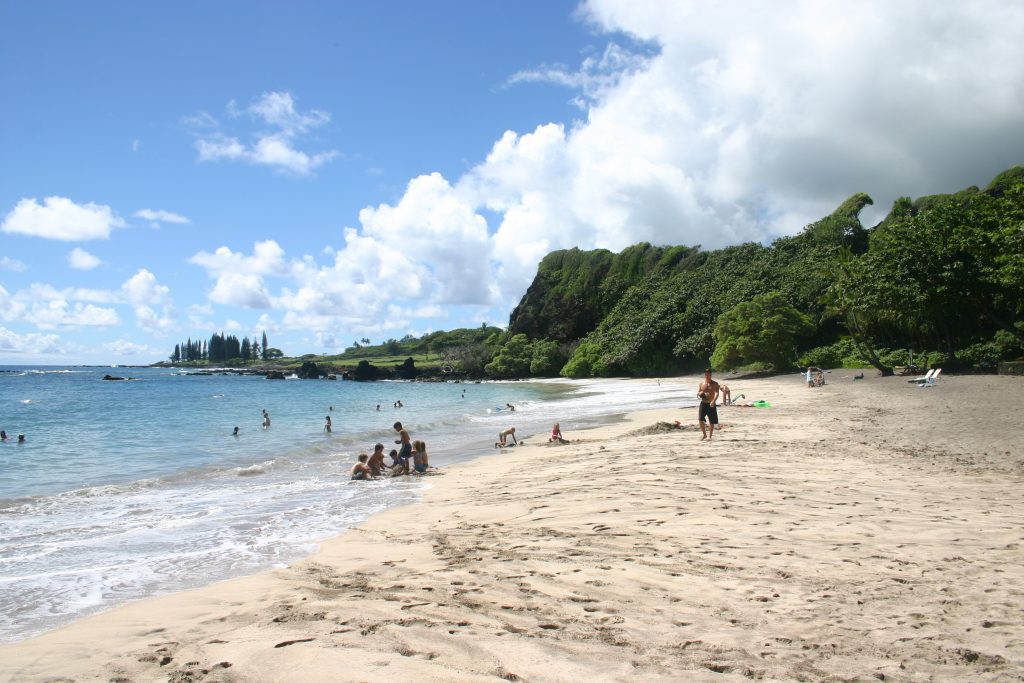
Continuing along the Haneoo Road loop, you’ll reach Hamoa Beach, one of the most beautiful beaches in all of Hawaii. It’s surrounded by lush cliffs and offers plenty of shade, restrooms, and picnic tables. The waves here can be strong, but it’s a favorite for bodyboarding and relaxing under the trees.
If you’re staying overnight in Hana, this is an ideal beach day spot.
Wailua Falls (About 8 miles past Hana)

As you continue south on the highway, you’ll come across Wailua Falls, one of the most impressive and photogenic waterfalls on Maui. It cascades in a wide stream just off the road, and there’s usually a small crowd snapping pictures. Parking is limited, but it’s an easy stop for a quick view.
This is also your last major stop before the curviest part of the drive – so buckle up!
ʻOheʻo Gulch / Seven Sacred Pools (Haleakalā National Park – Kīpahulu District)
Welcome to ʻOheʻo Gulch, part of Haleakalā National Park. This is home to the famous “Seven Sacred Pools”, a series of stunning waterfalls and swimmable pools surrounded by tropical forest.
A short, well-maintained trail leads you from the parking lot to the pools. If you arrive early in the day, you’ll have the serenity all to yourself. Bring a swimsuit, water shoes, and your park pass (or be ready to pay the entrance fee).
Pīpīwai Trail to Waimoku Falls (Trailhead at ʻOheʻo Gulch)
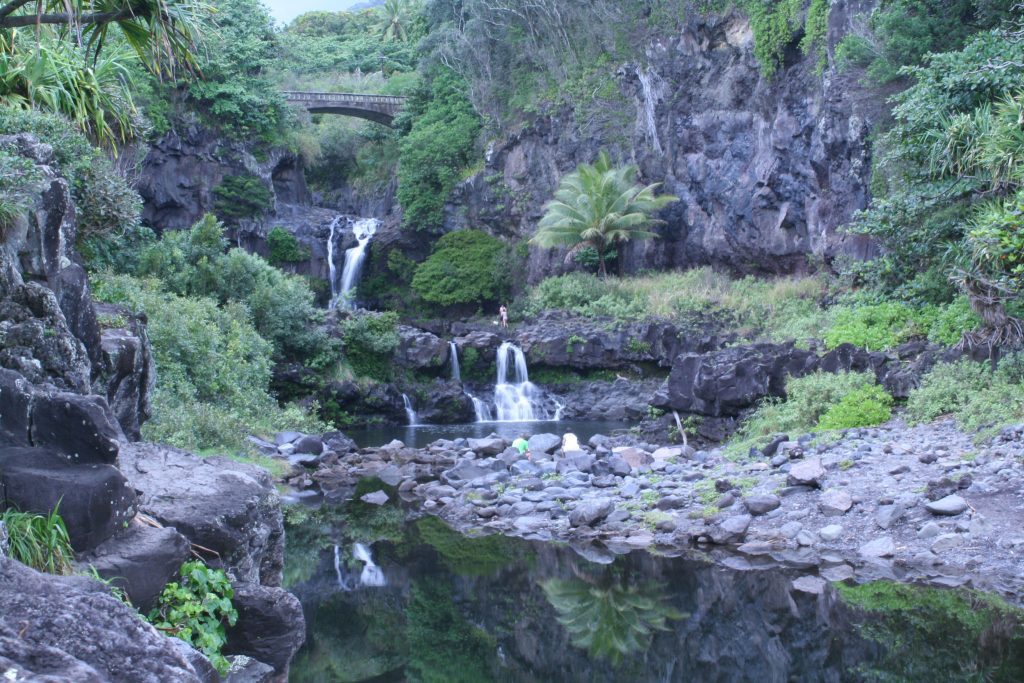
From the same parking lot at ʻOheʻo, you can embark on the Pīpīwai Trail, a 4-mile round trip hike that’s easily one of Maui’s best nature walks. The trail winds past waterfalls, banyan trees, and through an otherworldly bamboo forest, before ending at Waimoku Falls, a 500-foot cascade pouring down a lava wall.
This hike is moderately easy, but can be muddy and slippery – closed-toe hiking shoes or trail sandals are recommended.
Charles Lindbergh’s Grave (If Road Conditions Allow)
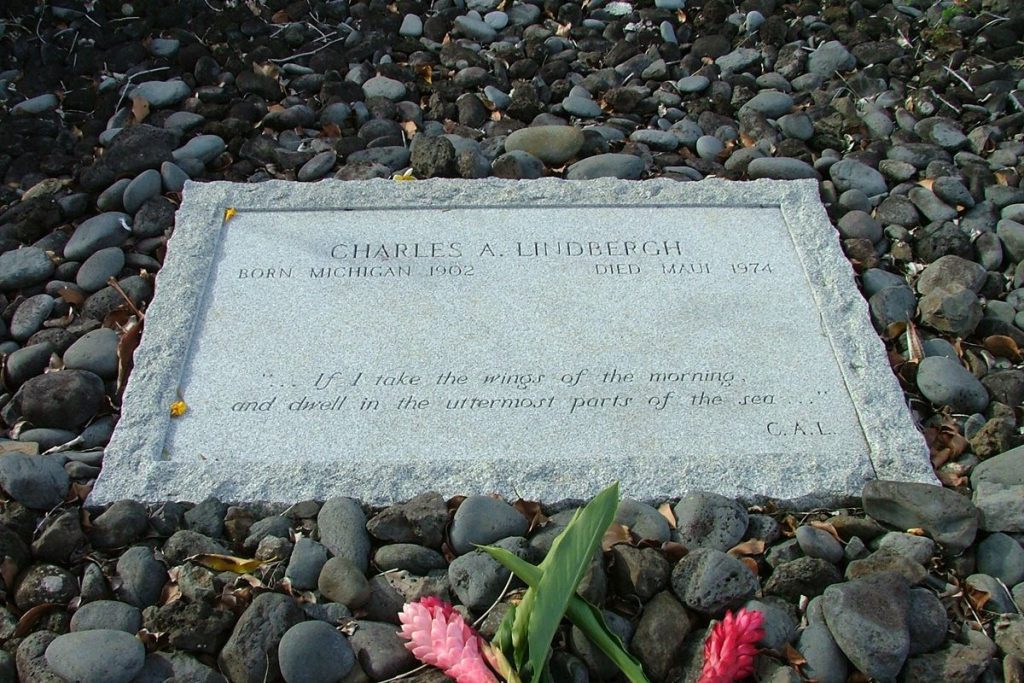
If the road is open and conditions are safe, you can drive about a mile further south to visit the grave of Charles Lindbergh, the famed aviator. It’s located on the grounds of the beautiful Palapala Hoʻomau Church, a peaceful and quiet spot with panoramic ocean views.
⚠️ Important: Most rental car companies do not allow driving beyond this point. The road around the backside of Haleakalā is partially unpaved, narrow, and extremely remote. If your rental contract prohibits it, turning back at ʻOheʻo is the safest option.
Final Tips Before You Go
- Start early! Leave by 7 AM if you want to avoid crowds and see everything without rushing.
- Bring snacks, water, and a full tank of gas – there are few places to stop once you’re on the road.
- Respect no-trespassing signs, drive cautiously, and be mindful of locals who use this road daily.
- Reservations required at Waianapanapa (Black Sand Beach) and Haleakalā National Park.
- If you’re not staying overnight in Hana, turn around after ʻOheʻo Gulch to head back before dark.

